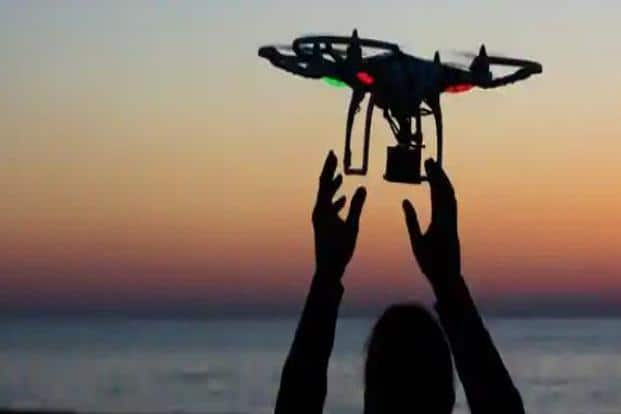Be careful while using drones for wedding photography. Here’s a list of new rules
You will no more be able to get yourself a camera-fitted drone and start flying it wherever you want to take memorable aerial wedding shots. For using drones even for wedding photography, DGCA has a new set of rules.
 Premium
Premium
New Delhi: Civil aviation ministry’s new policy, which has allowed commercial use of drones from December 1, has also regulated the use of unmanned aircraft for use in wedding photography. Any violation of the new rule can not only spoil your wedding but also invite legal complications and police cases.
The Directorate General of Civil Aviation (DGCA) has released a set of regulations and do’s and don’ts for flying any type of drones in India, including those for wedding photography. Since the new regulations come into force from December 1, during the wedding season, it holds significance for all wedding planners. You will no more be able to get yourself a camera-fitted drone and start flying it wherever you want to take memorable aerial wedding shots.

Here is all you need to know before using drones for wedding photography.
Nano drone:
If you don’t want the hassle of filling up government forms and seeking government clearances, then you can simply get yourself a nano drone which doesn’t weigh more than 250 grams.
1. Nano drones are exempted from obtaining a UIN (Unique Identification Number) and Unmanned Aircraft Operator Permit (UAOP) from DGCA.
2. You can fly any nano drone only within 50 feet above the ground level.
3. Ensure that you are not flying the nano drone in a controlled airspace (where Air Traffic Control or ATC services are provided) and no other manned or unmanned aircraft is flying nearby.
4. If the drone is flying in a controlled airspace, you have to apply for UIN and UAOP both. Also your drone has to NPNT (No Permission – No Takeoff) complaint. It is therefore recommended to fly in uncontrolled airspace and enclosed premises only.
5. Ensure that individuals’ privacy is complied by during the use of drones.
Also read: The do’s and don’ts of flying drones under new regulations
Micro drone:
If the drone you are planning to use is greater than 250 grams but less than or equal to 2 kg, then it falls under the category of micro drones.
1. If you fly a drone below 200 feet above ground line then it is not required to obtain Unmanned Aircraft Operator Permit (UAOP). But you will have to inform this to the local police station in writing at least 24 hours before you start flying drones.
2. Your drone needs to be “No Permission – No Takeoff" (NPNT) compliant and you have to obtain permission through Digital Sky Platform before flying. The The Digital Sky Platform is a first-of-its-kind national unmanned traffic management (UTM) platform which will be made available through DGCA website from December 1.
3. Obtaining a UIN is mandatory.
4. You will not require UAOP if you are flying your drone below 200 feet above ground line (AGL) in uncontrolled airspace or enclosed premises. However, you still have to inform local police station at least 24 hours before.
5. Be careful if you are planning to use drone during nights or after sunset as all drone operations are restricted to day light and within visual line of sight. However, if you are shooting in well-lit enclosed premises using micro drone upto 200 feet AGL is allowable.
Unlock a world of Benefits! From insightful newsletters to real-time stock tracking, breaking news and a personalized newsfeed – it's all here, just a click away! Login Now!


